The Journal
A glimpse into Lee's personal projects, passions, and perspectives.
Discover and shop pieces inspired by the latest influences in interior design.
A curated edit of highlights and intriguing finds from social media.
A glimpse into Lee's personal projects, passions, and perspectives.
Discover and shop pieces inspired by the latest influences in interior design.
A curated edit of highlights and intriguing finds from social media.
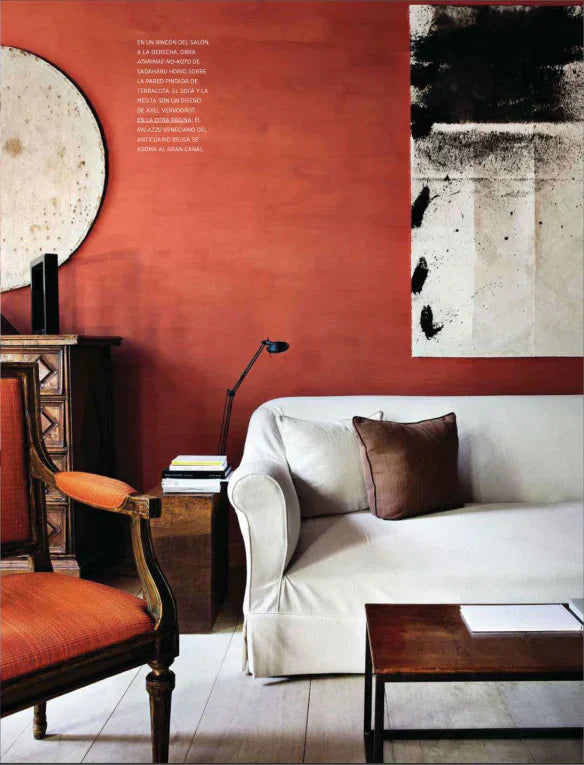
Looking back on my early buying trips to Italy, it’s clear how much those days shaped the way I see and collect. The architecture, antiques, and art were unforgettable—but so were the people an...
Read more
Brown brings depth, warmth, and a sense of steadiness to a home. Through patinated wood, leather, and layered materials, this reflection explores how brown anchors a space, gently balancing cooler ...
Read more
The Silent Storytellers of the English Manor House
Old English portraits are more than decoration. They are quiet witnesses to family life, memory, and continuity. Objects that carry warmth, presence, and the spirit of the homes they once belonged to.
Read more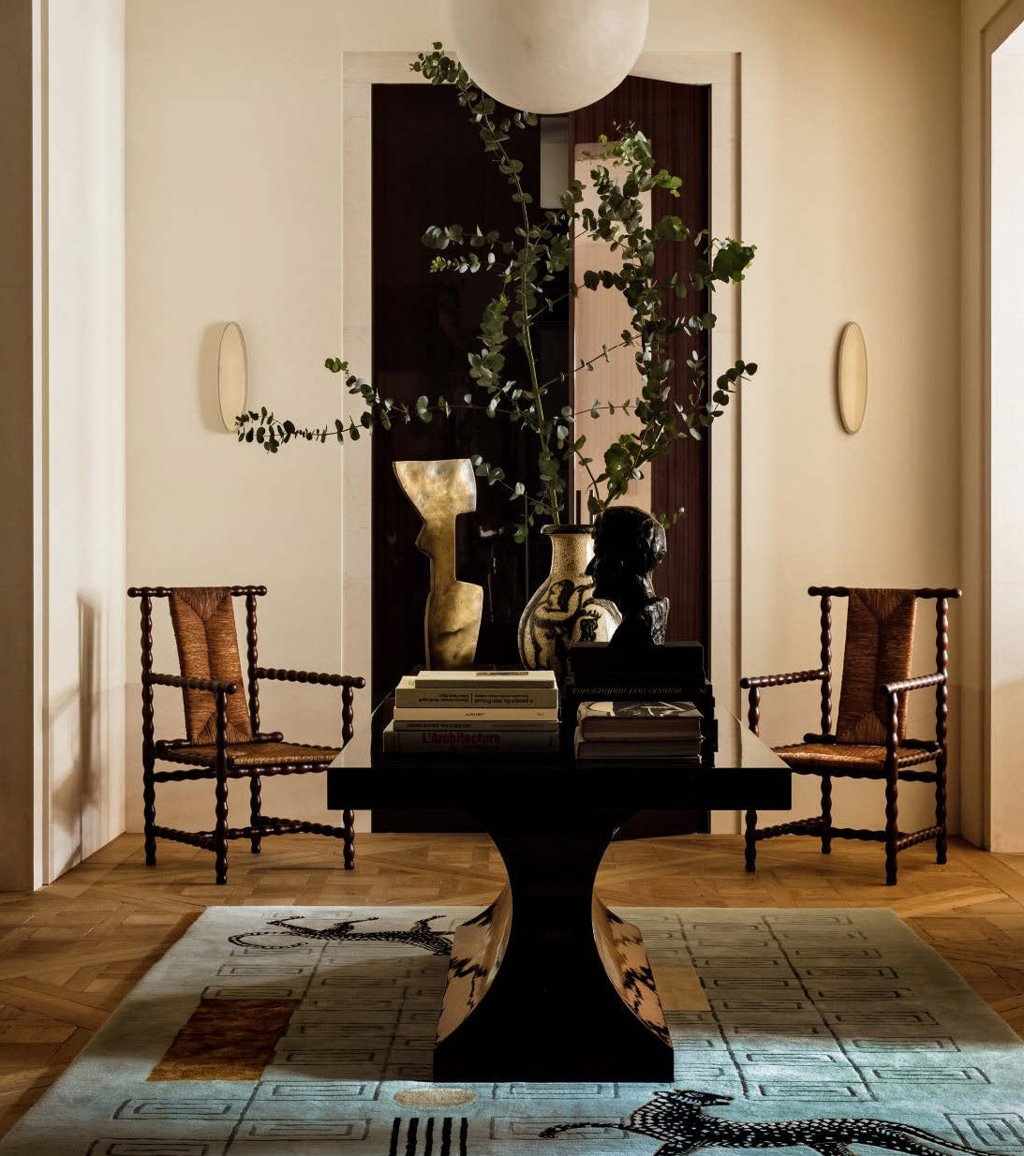
As shifting tariffs and post-Brexit trade changes reshape the path of European antiques, their rarity and value have only deepened. In this reflection, Lee explores how these challenges highlight t...
Read more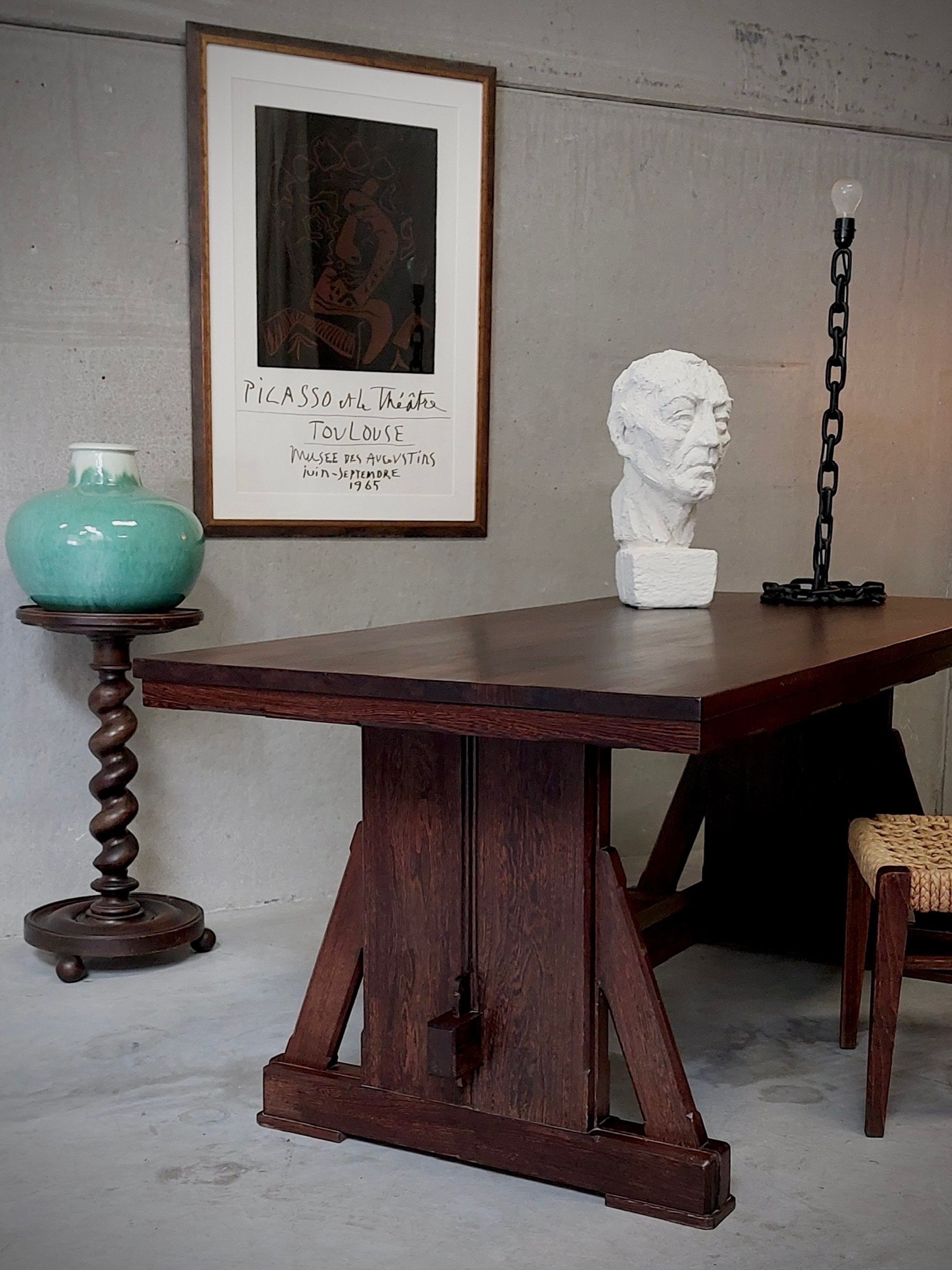
Tracing Europe’s shift from classic antiques to the bold, raw beauty of post-war Brutalism.
Read more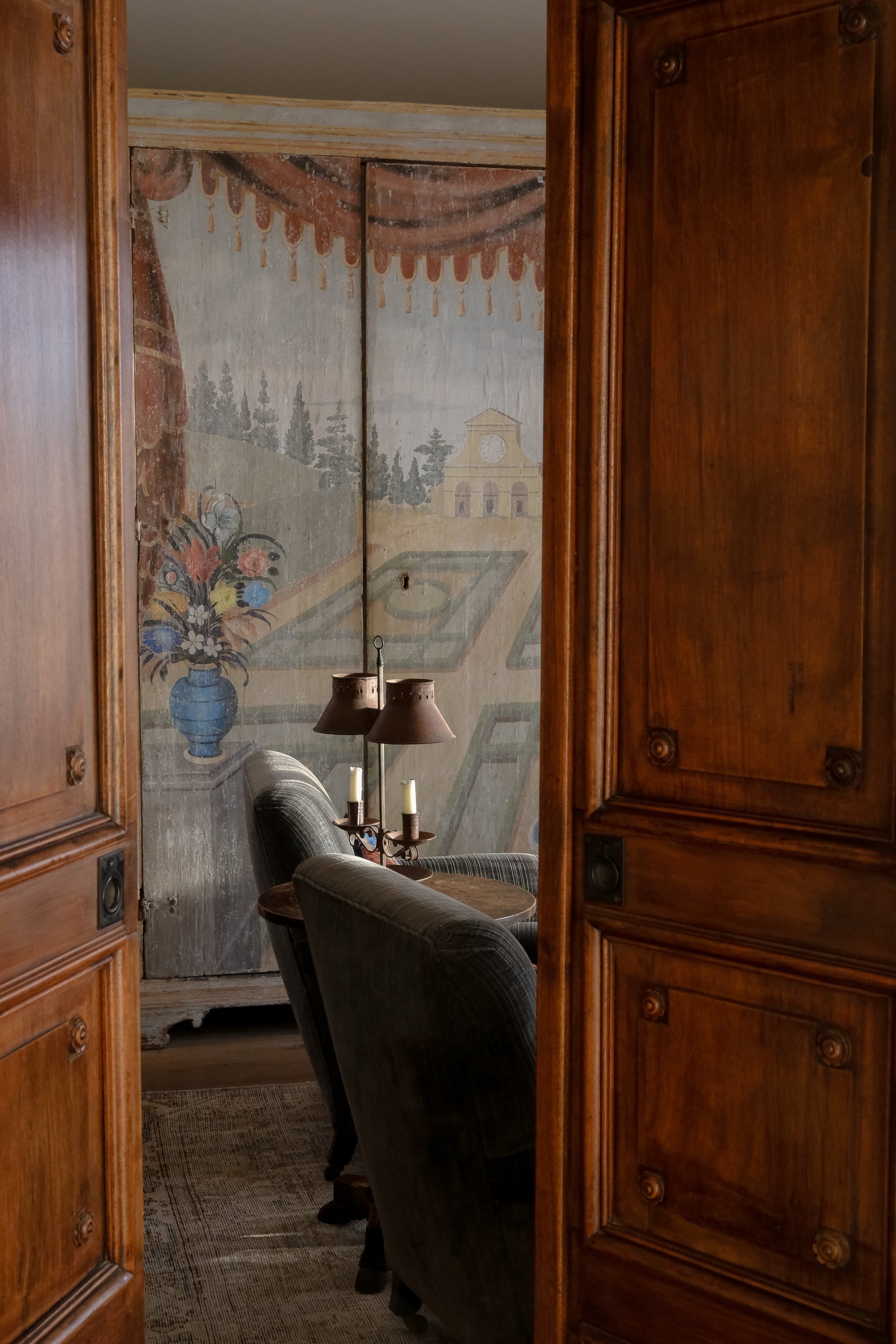
Featured in Cabana Magazine, my story of discovering an 18th-century trompe-l’œil armoire reflects the timeless artistry and stories they hold."
Read more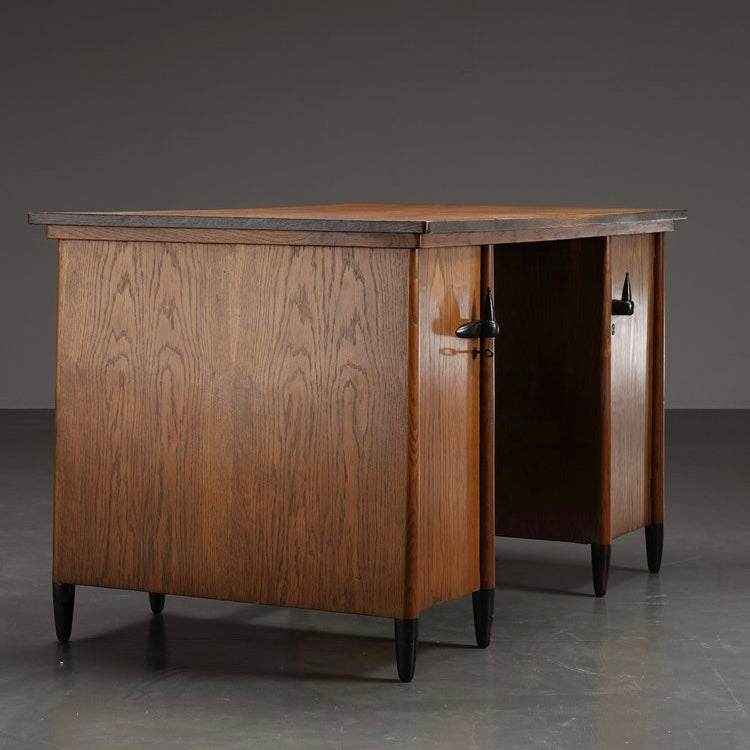
As the season turns to autumn, we are delighted to introduce a new collection of antique treasures.
Read more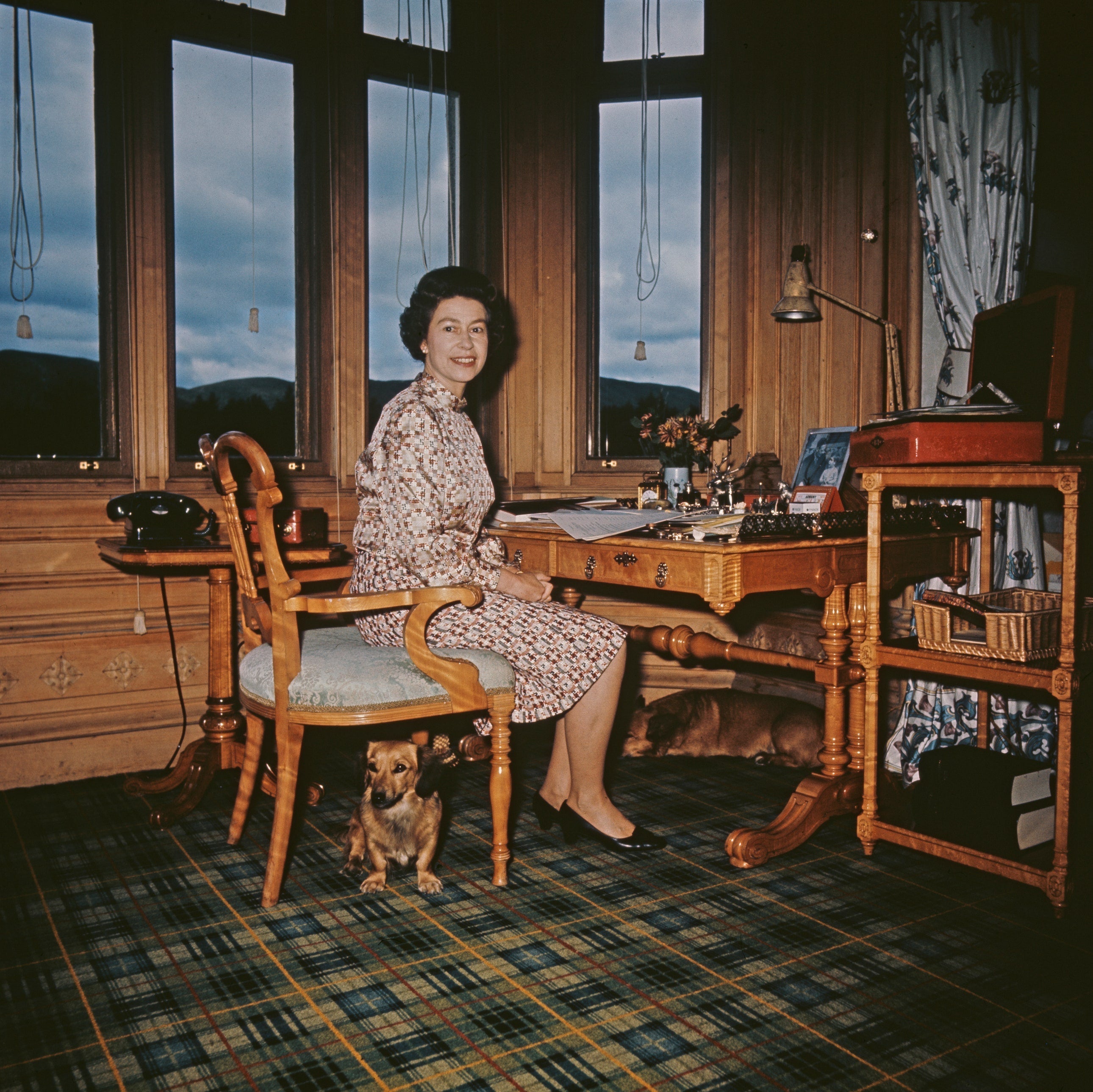
An intimate look at the late Queen's personal writing desk at Balmoral Castle.
Read more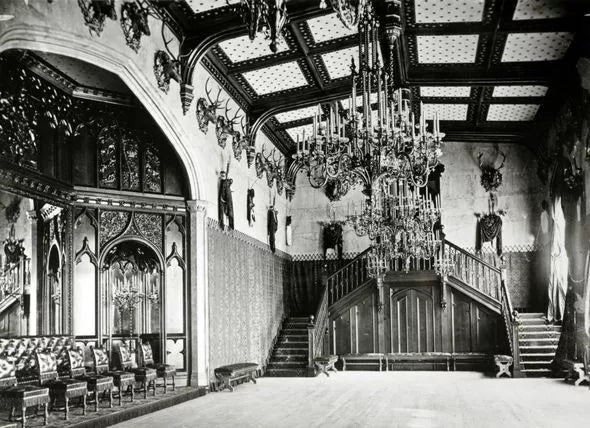
A look inside Scotland's Balmoral Castle, the late Queen's favorite residence.
Read more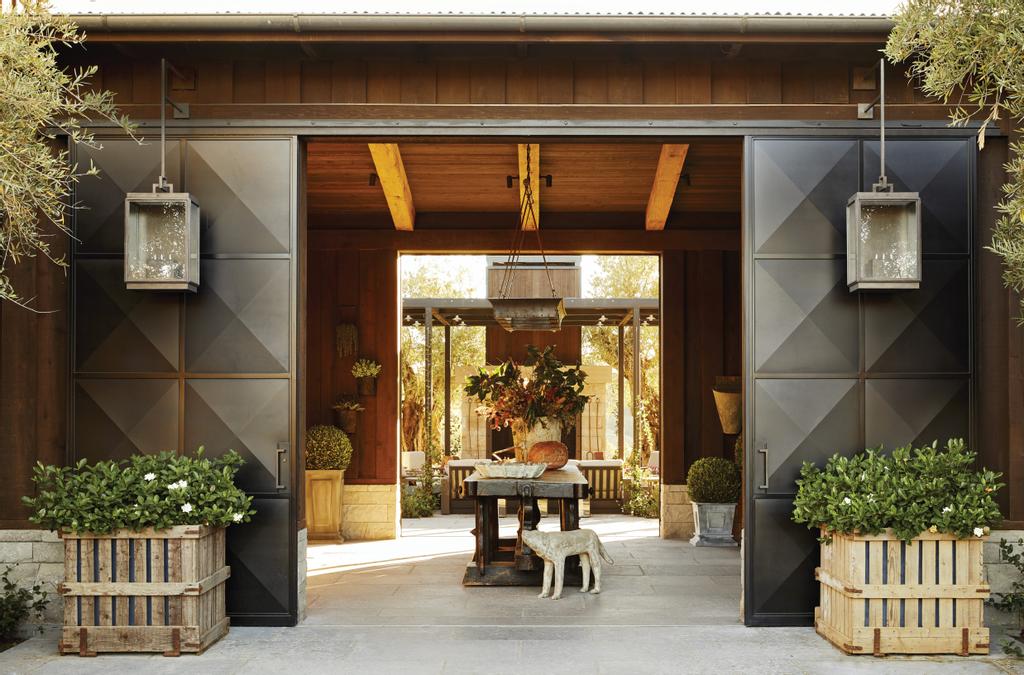
An inspiring Sonoma wine country project for a dear client and friend of mine.
Read more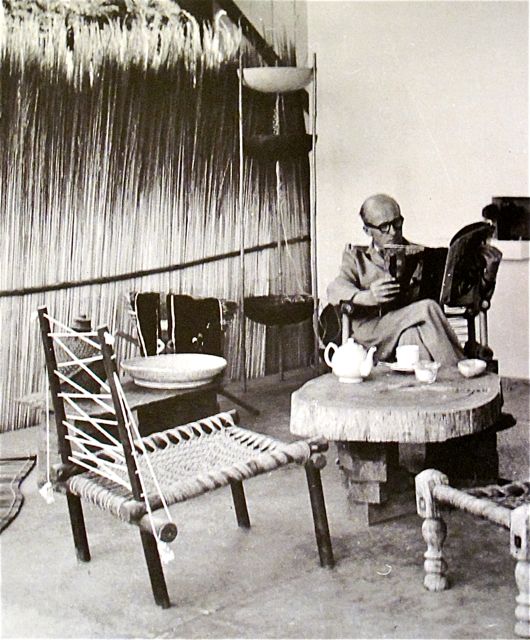
Home Is Where the Heart Is: Jeanneret in Chandigarh
On the fascinating work design legend Pierre Jeannaret produced for the city of Chandigarh, India.
Read more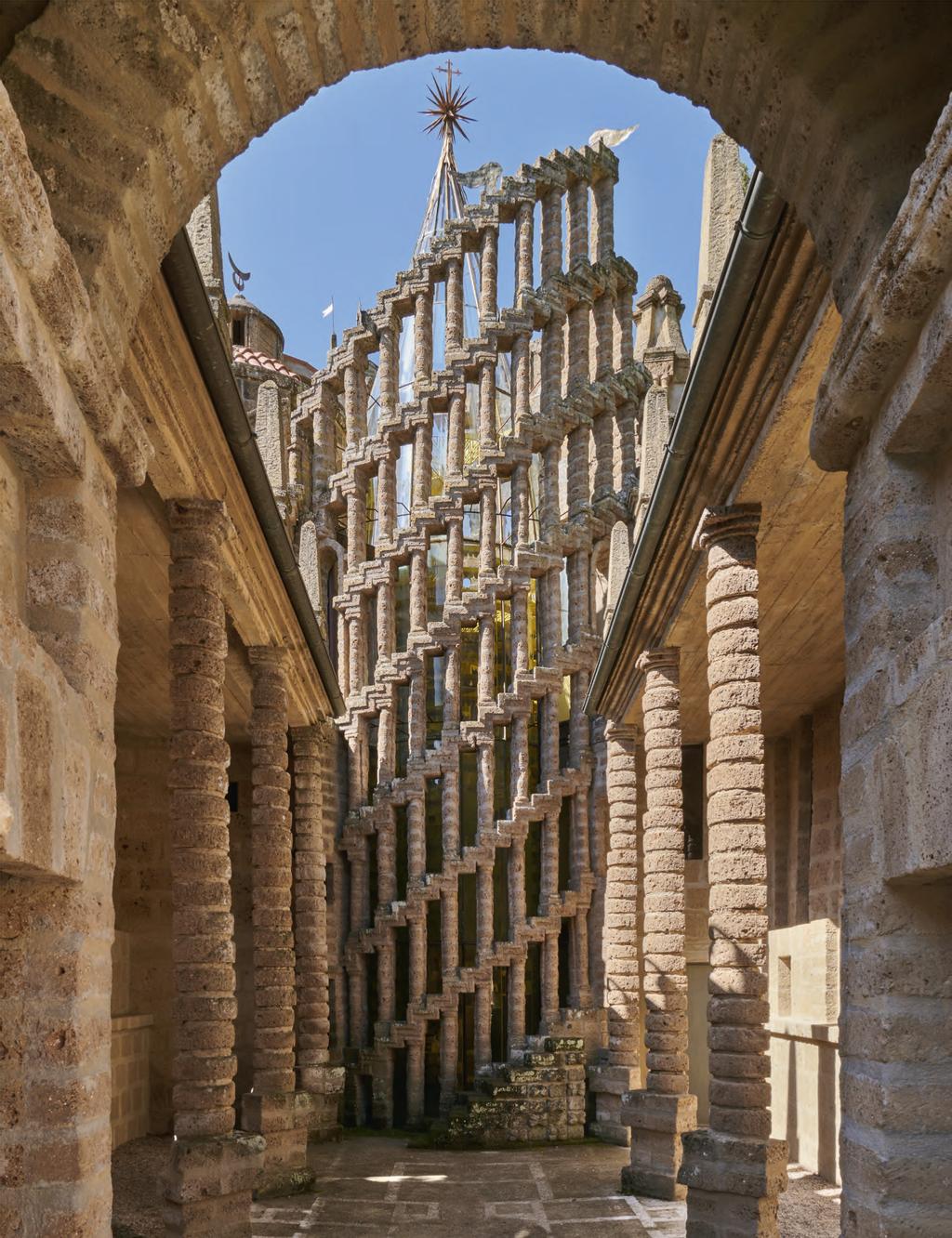
Nestled in the sloping hills of Umbria, a midcentury architect's dramatic vision for an ideal metaphysical city.
Read more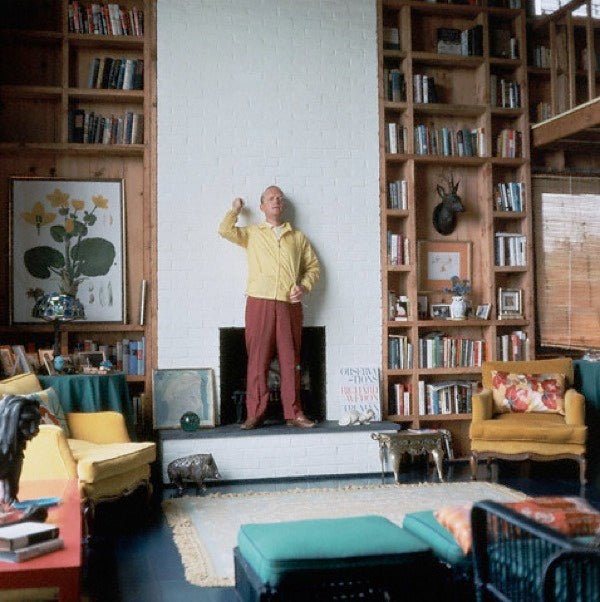
The charming eccentricities of Truman Capote's Sagaponack hideaway.
Read more